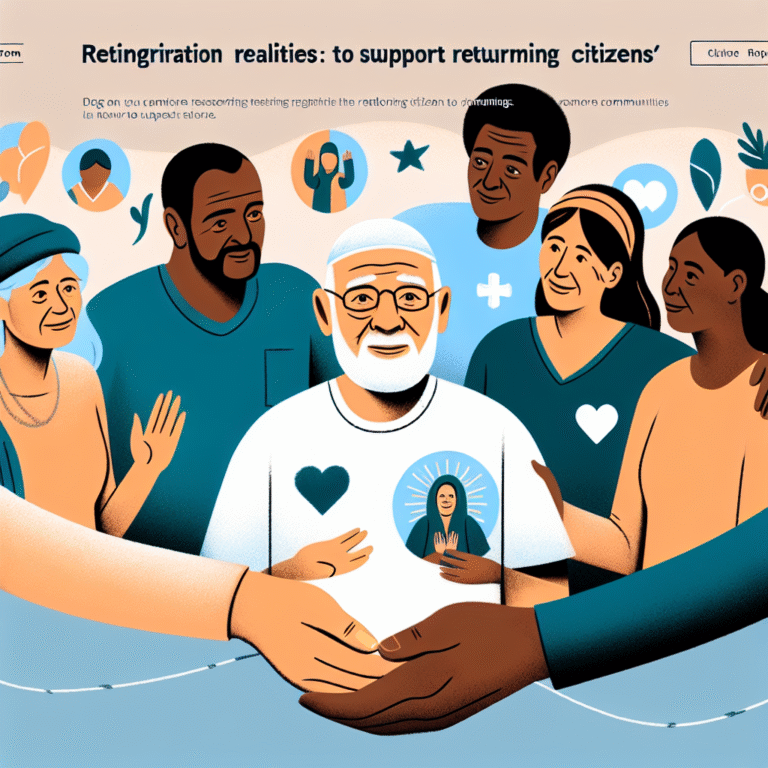
Introduction
Imagine struggling daily with anxiety, depression, or behavioral issues, feeling trapped in a cycle that seems impossible to break. For many, this is a harsh reality. However, the transformative journey that behavioral therapy offers can be a turning point, leading to remarkable changes in people’s lives. Success Stories: Real People, Real Change Through Behavioral Therapy not only highlights the effectiveness of this approach but also delves into the inspiring narratives of individuals who have experienced profound personal growth.
Behavioral therapy is not just about alleviating symptoms; it’s about laying the groundwork for lasting change. This article will explore unique success stories, share practical insights, and celebrate the resilience of those who have decided to seek help.
Understanding Behavioral Therapy
What is Behavioral Therapy?
At its core, behavioral therapy is a form of psychotherapy that aims to change harmful behaviors and thought patterns through various techniques, including cognitive-behavioral therapy (CBT), dialetical behavior therapy (DBT), and exposure therapy. By addressing negative thought processes, individuals can develop healthier coping mechanisms.
The Importance of Success Stories
Success stories emphasize the real impact of therapy on individuals’ lives. They serve as a beacon of hope, encouraging others who might feel hesitant or lost. Understanding Success Stories: Real People, Real Change Through Behavioral Therapy is crucial as they not only validate the therapeutic process but also provide insights into the challenges and triumphs faced along the way.
Real-Life Success Stories
1. From Anxiety to Empowerment: Sarah’s Journey
Background: Sarah, a 32-year-old teacher, dealt with intense anxiety that stemmed from childhood trauma. She often found herself avoiding social situations, fearing judgment and ridicule.
Therapy Approach: After a friend’s recommendation, Sarah began CBT. The therapy provided practical tools for understanding and restructuring her anxious thoughts.
Outcome: Over six months, Sarah’s anxiety diminished significantly. She learned to manage her symptoms and re-engage with her social life. Today, she leads workshops for fellow teachers, sharing her experiences and encouraging others to seek help.
Analysis
Sarah’s case illustrates the effectiveness of CBT in addressing deep-rooted anxiety. Her story underlines how behavioral therapy can empower individuals to reclaim their lives.
2. Overcoming Addiction: Mark’s Transformation
Background: Mark struggled for years with substance abuse, which affected his family life and career. He hit rock bottom when he lost his job due to his addiction.
Therapy Approach: Enrolling in a comprehensive behavioral therapy program, Mark participated in DBT emphasized emotional regulation and mindfulness skills.
Outcome: After a year of commitment, Mark not only remained sober but also rebuilt relationships with his family and secured a stable job. He now advocates for addiction recovery, utilizing his experiences to help others.
Analysis
Mark’s transition highlights the importance of behavioral therapy in addiction recovery. By focusing on emotional management, individuals can address the underlying issues of addiction rather than merely eliminating the behavior itself.
3. Breaking Free from Obsessive-Compulsive Disorder: Emily’s Experience
Background: Emily, a 22-year-old college student, struggled with OCD that manifested through repetitive checking behaviors, significantly impacting her academic performance.
Therapy Approach: Emily began exposure therapy, gradually confronting her fears in controlled settings.
Outcome: After extensive therapy, Emily developed healthier coping mechanisms and saw a substantial decrease in her compulsive behaviors. She graduated with honors and now helps others facing similar challenges.
Analysis
Emily’s progress emphasizes the powerful role of exposure therapy in treating OCD. Her success story supports the notion that confronting fears can lead to empowerment and recovery.
Key Techniques in Behavioral Therapy
Table 1: Common Techniques Used in Behavioral Therapy
| Technique | Description | Ideal For |
|---|---|---|
| Cognitive Behavioral Therapy (CBT) | Focuses on altering negative thought patterns | Anxiety, Depression |
| Dialectical Behavior Therapy (DBT) | Combines cognitive and behavioral techniques, focusing on emotional regulation | Borderline Personality Disorder |
| Exposure Therapy | Gradual exposure to fears to reduce anxiety | Phobias, OCD |
| Mindfulness Techniques | Encourages present-moment awareness and acceptance | Stress Management |
The Science Behind Behavioral Therapy
Behavioral therapy is backed by extensive research, highlighting its effectiveness in treating various mental health issues. Studies reveal that:
- Cognitive therapy can effectively reduce symptoms of anxiety and depression, with a success rate of around 60-80%.
- DBT is especially effective for individuals with borderline personality disorder, showcasing a decrease in self-harm behaviors by up to 50%.
Empowering Change: What You Can Do
If you’re inspired by the Success Stories: Real People, Real Change Through Behavioral Therapy, consider the following practical steps:
- Seek Help Early: Don’t wait for your struggles to escalate. Early intervention often leads to better outcomes.
- Research Therapists: Look for professionals who specialize in the areas where you need support.
- Set Realistic Goals: Change takes time. Set achievable goals with your therapist to monitor progress.
- Embrace Vulnerability: Sharing your challenges can be daunting, but vulnerability is often the first step toward healing.
- Stay Committed: Consistency in therapy can lead to profound changes.
Conclusion
The powerful narratives encapsulated in Success Stories: Real People, Real Change Through Behavioral Therapy demonstrate the profound impact that therapy can have on individuals from all walks of life. From overcoming addiction to managing anxiety, these stories serve as testament to the resilience of the human spirit and the undeniable effectiveness of behavioral therapy.
For anyone considering this path, take heart in knowing that change is indeed possible. As you navigate your journey, hold onto the hope that improvement is just on the horizon, waiting for you to seize it.
FAQs
1. What types of issues can behavioral therapy address?
Answer: Behavioral therapy can be effective for a wide range of issues, including anxiety, depression, OCD, PTSD, and substance abuse.
2. How long does behavioral therapy take to show results?
Answer: While individual experiences vary, many people begin to notice improvements within a few weeks to a couple of months.
3. Are there any side effects associated with behavioral therapy?
Answer: Behavioral therapy is generally considered safe and does not have physical side effects. However, emotionally confronting issues can lead to temporary discomfort.
4. Can I find success stories specific to my condition?
Answer: Yes, many mental health organizations share success stories focused on various conditions, providing hope and inspiration to those facing similar challenges.
5. How can I find a qualified therapist?
Answer: Start by seeking recommendations from healthcare providers or trusted individuals. Online directories and professional organizations can also help you find qualified therapists in your area.
Through these stories and practical insights, we hope to inspire more individuals to explore the transformative potential of behavioral therapy, encouraging real change in their lives.


















